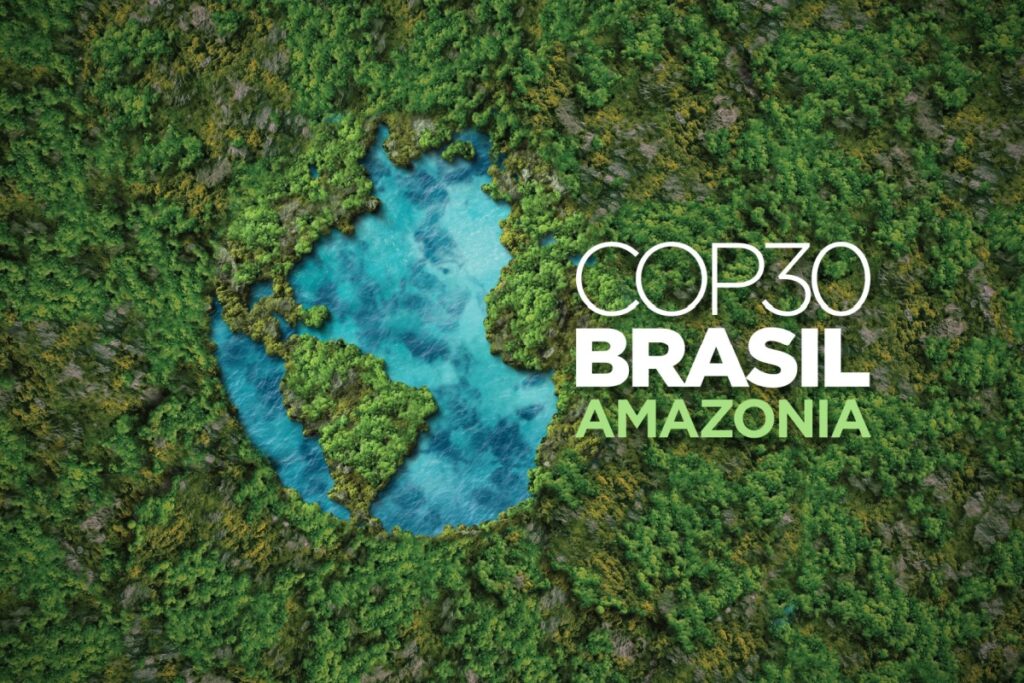As COP30 is around the corner in Belém, Brazil, negotiators, scientists, and campaigners are emphasizing a simple idea: it is time to turn pledges into action people can see. After three decades of climate talks, the world is still experiencing record heat, severe floods, and wildfire smoke that drifts across borders. Many countries have targets on paper, but fewer have delivered the policies and investments needed to meet them. That is why this year’s gathering is being framed as an “implementation COP,” with a focus on clear timelines, credible funding, and progress that can be checked between summits.
Officials say the first test is whether governments upgrade or clarify their national climate plans (NDCs) so they spell out what will happen in the next two to three years, not just by 2030 or 2050. Analysts warn that, even if current promises were fully carried out, the world could still warm close to 3°C, well above the Paris Agreement goal. The emphasis in Belém is therefore on practical steps: new rules for power grids, cleaner industry, and support for households and small firms. With the objective of reducing emissions quickly while protecting jobs.
Belém’s Message and Its Growing Pains
Hosting the talks in Belém, at the gateway to the Amazon, is meant to send a message: forests, communities, and climate are inseparable. Local leaders want the summit to spotlight forest protection, indigenous stewardship, and climate justice alongside technical negotiations. At the same time, Belém is a mid-sized city wrestling with the logistics of a mega-event. Hotel space is tight, so authorities have booked cruise ships with thousands of beds and prioritized access for delegates from lower-income countries to keep participation broad.
Preparations have not been effortless. A construction workers’ strike earlier this year slowed work on venues, including a planned “Leaders’ Village.” City officials insist the core sites are ready, but the episode highlighted how costly and complex it is to build temporary infrastructure at speed. Civil society groups have also raised concerns about affordability for observers and youth delegations. Even so, the symbolism of meeting beside the Amazon has energized many participants, who see the setting as a daily reminder that decisions on paper carry real consequences on the ground.
The Hard Work: Money, Forests, and the Energy Shift
Three files dominate the agenda: climate finance, forest conservation, and the transition away from fossil fuels. Developing countries are asking for predictable funding to cut emissions and adapt to worsening impacts, not just one-off announcements. That includes making the loss and damage facility workable, with clear criteria for who can apply, how quickly funds move, and how results are tracked. Donor governments and development banks face pressure to crowd in private capital by lowering risk, speeding approvals, and standardizing reporting so investors know what counts.
On forests, Brazil and other rainforest nations are promoting deals that pay for measurable reductions in deforestation while improving livelihoods. The idea is to treat standing forests as valuable economic assets, backed by enforceable safeguards. Business coalitions meeting alongside COP30 are also pushing for faster permitting of renewable energy and transmission lines, arguing that slow grid connections and unclear rules are holding back investment. Labor groups, in turn, want a detailed plan for a “just transition” so the benefits of cleaner energy reach workers and communities that depend on legacy industries.
Diplomacy matters, too. The presence and engagement of the world’s largest emitters: China, the United States, and India, will shape the tone of the talks. Veteran observers note that leaders do not need brand-new targets to make COP30 meaningful; fully implementing the pledges already on the books would represent a significant step toward stabilizing the climate. The measure of success, they say, will be whether countries leave Belém with specific milestones, funding pathways, and sector plans sturdy enough to survive the political calendar.
People Power and a More Accessible COP
Beyond the negotiating rooms, civil society is leaning into the Amazon narrative. Indigenous representatives, youth leaders, and local groups are hosting events that connect policy debates to everyday realities—protecting homes from flooding, coping with heat in schools and hospitals, and safeguarding food and water systems. Accessibility has been a running theme. To widen participation, organizers have expanded lower-cost lodging options and increased community spaces where observers can follow proceedings, meet delegates, and share evidence.
Activists are also spotlighting cleaner mobility. Some arrived via long-distance cycling or low-carbon travel to underscore the need for transport policies that cut emissions without cutting opportunity. Their core message aligns with the official agenda: the world needs credible delivery, not only high-level speeches. That means investing in resilient infrastructure, backing renewable power at scale, and supporting households through the transition so climate policy feels practical and fair.
As the summit unfolds, attention will stay fixed on a few tangible indicators: new finance commitments with clear timelines, concrete deforestation targets, and energy-sector measures that move from pilot projects to national programs. COP30’s Amazon setting raises expectations, but it also raises the stakes: decisions taken here will be judged by what changes in the next 24 months, not just by what is promised for distant decades.



